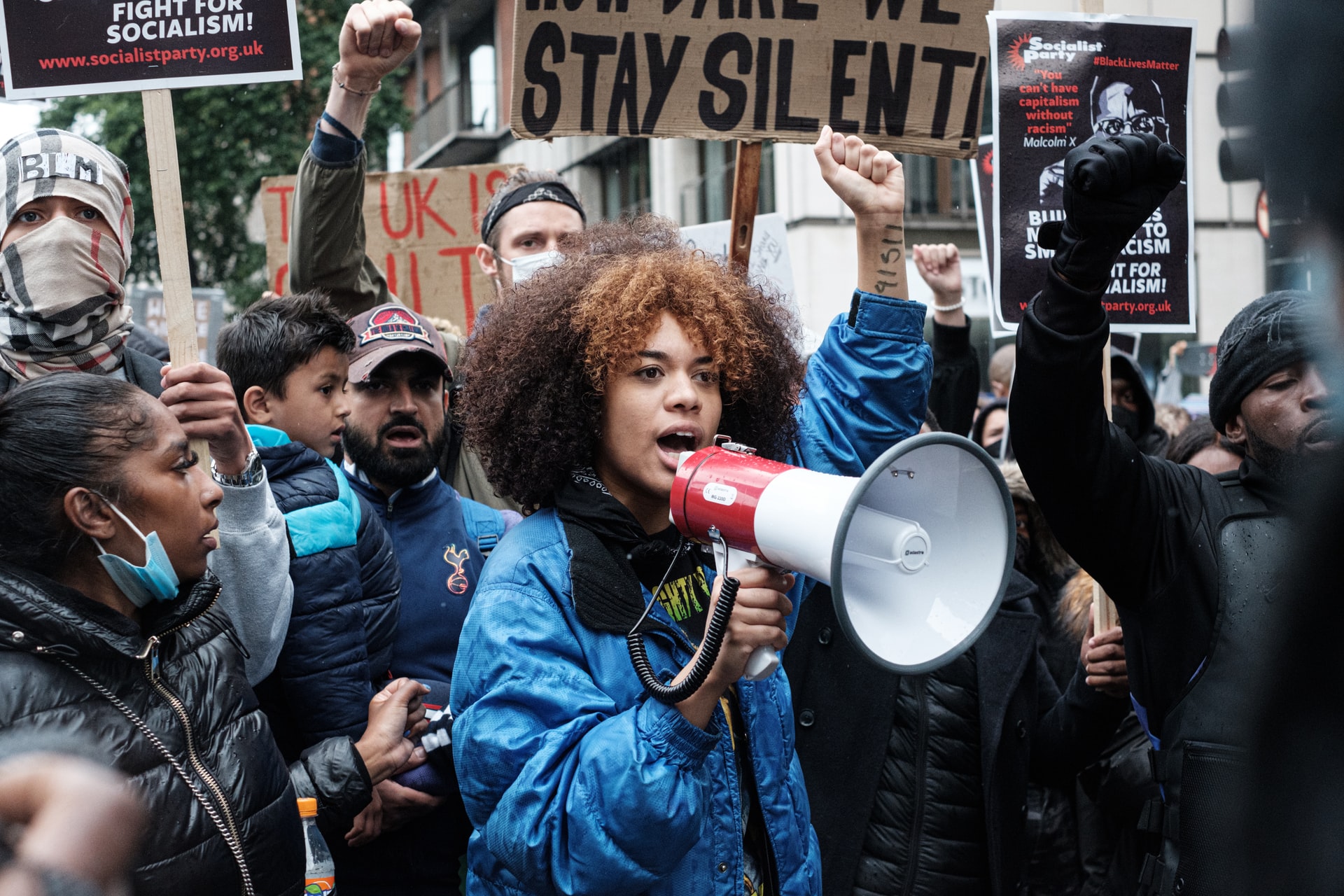Is digital activism a natural evolution in standing up for what you believe in? Or is it just the lazy girl’s way to get woke points? We look at both sides.
Digital activism is exactly as broad yet specific as it sounds: It’s when digital tools are used to help agitate for political or social change. This could include anything from a hashtag campaign such as #BLM, to organising a women’s march via Facebook Events, to the use of proxy servers by political dissidents so that their oppressive government can’t identify them and enact brutal consequences.
Of course, the kinds of digital activism most of us have participated in recently are fairly benign. They don’t require a lot of tech savvy, and they certainly aren’t likely to land us in jail. In fact, a lot of the time there’s little effort, commitment or discomfort involved on our part, leading critics to label this kind of low-stakes participation as ‘clicktivism’, or even ‘slacktivism’. And it begs the question: How effective is digital activism, really? Does posting a black square or tagging a glowing selfie with #AmINext actually do anything to change a problematic status quo? Or is it virtue-signalling of the laziest – and potentially most dangerous – kind?
THE PROS
One of the arguments for digital activism is that this is where our attention is. Now, more than ever, we live on the internet. We work online. We socialise online. We seek inspiration through endless scrolling, and entertainment via streaming. During lockdown, the internet was the only public domain many of us have had any access to at all. It makes sense, then, that a lot of our work to effect change is now performed there too. Because as any marketer worth their salt knows, you have to go to where your audience is.
The internet, and specifically social media, has also given us unprecedented access to other human beings. An online marketing campaign or a viral hashtag has the power to reach far more people than any old-school publicity methods.
Protestors in pre-internet decades used to hope for a two-minute spot on the local news; whereas today, every person participating in a march can upload a video to their followers, who can disseminate it exponentially. And while this is promotion but not necessarily progress, there is plenty to be said for creating awareness. As far as we know, Princess Diana never lifted so much as a test tube in the fight against AIDS. But with one smile and the click of a camera in the ’80s, she humanised the pandemic, charting a new course for how the world thinks about this illness and treats those who suffer from it.
In places of political instability, digital activism has even more tangible results. The #ArabSpring uprisings in 2010 were probably the first remarkably potent demonstration of the power of hashtag activism. One simple, digital tag served to help citizens to organise covertly, circumvent news blackouts, and ultimately free themselves from the yoke of corrupt, oppressive regimes.
THE CONS
Perhaps the biggest pitfall of ‘clicktivism’ is that it has the power to make us feel as though just liking, sharing or otherwise engaging with online content is as effective as taking real, change-making action. The truly apathetic will always be that way, but we risk losing out on a lot transformative power if those who are actually willing to help are lulled into thinking a post is the same as a policy change.
Otegha Uwagba, the author of the political essay Whites: On Race and Other Falsehoods, is one commentator who has been critical of digital activism, specifically in terms of the online BLM movement. ‘Those are easy actions to do,’ she said in an episode of The High Low podcast late last year. ‘It’s very easy to post something on social media. But for me, it often felt slightly performative. I don’t want people to assume that they have done something particularly consequential. The things that are required to really change structures, and fundamentally redistribute power and wealth and income and respect, require more than adding a few books to your Amazon wish list and posting about it.’
Another thing to keep in mind is that activism, digital or otherwise, doesn’t solely refer to causes that are objectively good. Yes, we mostly swipe up to donate to school-feeding schemes, or sign a Change.org petition to remove a corrupt official from office, but there are also plenty of digital activists campaigning for the kinds of change that may not align with our own values. By summarily dismissing all digital activism as ineffective, you close your eyes to the potential danger of someone’s ill-intentioned activism working its nefarious magic on you.
Cause fatigue is something else to watch out for. It does nobody any good if a serious issue becomes just another part of the online noise – or worse, a passing trend or an excuse for a selfie. You can’t support everything, and your community will tune you out if you bombard them with a different plea for signatures or donations every week. Pick something you care deeply about and take practical steps to support that cause, then share your journey online. You may inspire someone else to do the same, and that’s how to work the system.
Words: Jade Taylor Cooke | Photography: Unsplash





